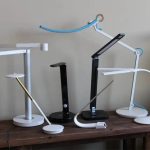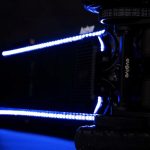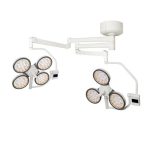LED Light Strip Troubleshooting: How to Quickly Fix Common Issues
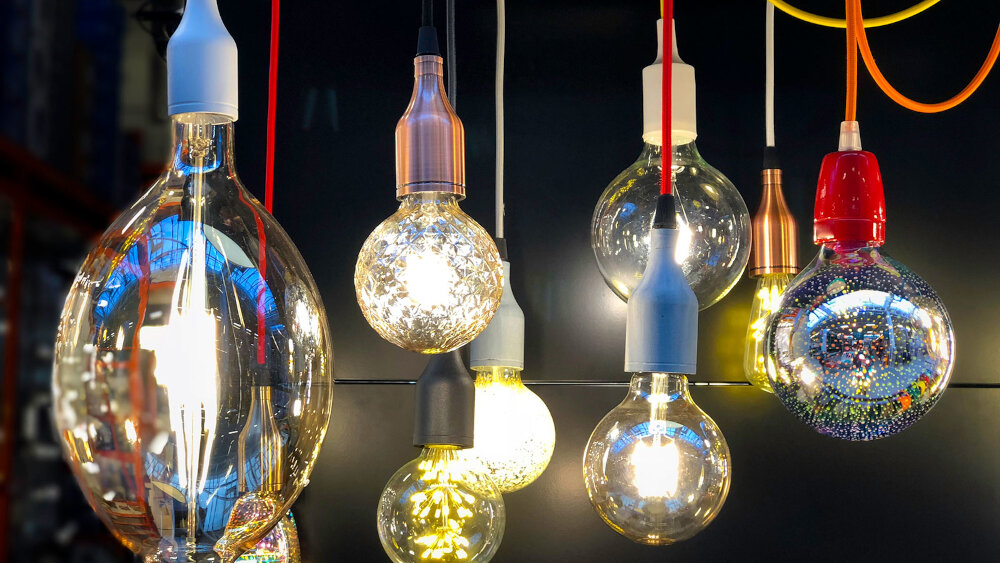
LED light strips are a popular lighting option for many homeowners and businesses. These versatile and energy-efficient lights can be used in a variety of settings, from accent lighting in a home theater to brightening up a retail display. However, like any electronic device, LED light strips can experience problems from time to time. If you’re experiencing issues with your LED light strips, it’s important to know how to troubleshoot and fix the problem quickly and efficiently. Some common issues with LED light strips include flickering, dimming, or uneven lighting. These issues can be caused by a variety of factors, from faulty wiring to poor installation. Fortunately, many LED light strip problems can be fixed with some basic troubleshooting techniques. In this guide, we’ll explore some of the most common issues with LED light strips and provide step-by-step instructions on how to diagnose and fix the problem. By the end of this guide, you’ll be well-equipped to troubleshoot and fix any LED light strip issue that comes your way.
LED light strips are flexible circuit boards that contain several small light-emitting diodes (LEDs) mounted on them, which emit bright and colorful light. These strips are commonly used to decorate and illuminate indoor and outdoor spaces, such as bedrooms, living rooms, kitchens, patios, and gardens, as they add a touch of ambiance and mood to any setting. LED light strips are popular due to their energy efficiency, low heat emission, long lifespan, and versatility, as they can be cut, bent, and connected in various shapes and sizes to fit any space or design. However, like any electronic device, LED light strips may encounter some common issues, such as flickering, dimming, color inconsistency, and damage, that require troubleshooting and fixing to ensure optimal performance and durability.
Knowing how to troubleshoot common issues is an essential skill for anyone using LED light strips. These strips are a popular and versatile lighting option, but they can be prone to a range of issues, from flickering lights to faulty connections. By learning how to troubleshoot these issues, you can save time and money, and avoid the frustration of dealing with malfunctioning lights. Troubleshooting also allows you to identify the root cause of the problem, which can help you prevent similar issues from occurring in the future. Whether you’re a professional lighting designer or a DIY enthusiast, having a solid understanding of LED light strip troubleshooting will allow you to get the most out of your lighting setup.
Understanding the Basics of LED Light Strips
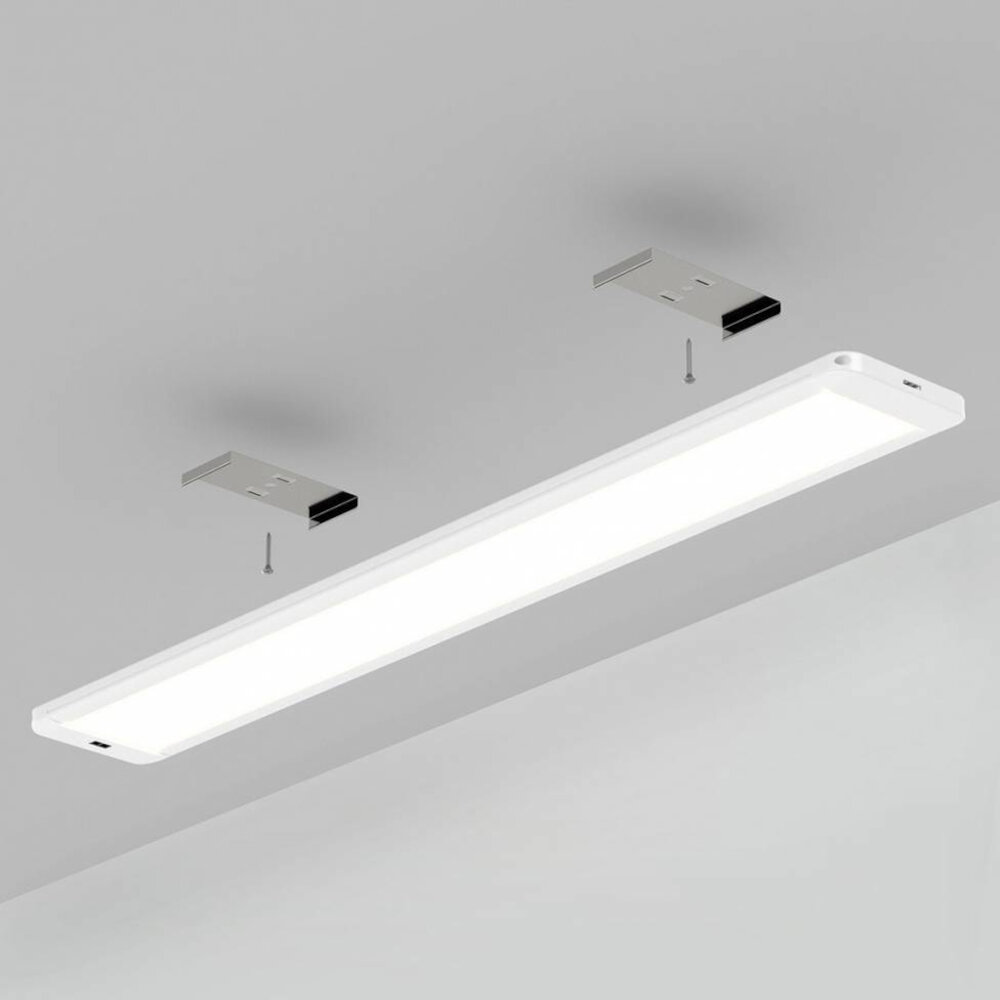
LED light strips have become a popular lighting solution in recent years due to their energy efficiency, versatility, and ease of use. They are composed of a series of small LED lights that are connected in a strip and can be cut to fit specific lengths. LED light strips can be used for a variety of purposes, such as accent lighting, task lighting, and even as a primary light source. They come in a variety of colors and brightness levels, making them a popular choice for decorative lighting. LED light strips are also relatively easy to install, with many options available for securing the strip in place. To fully understand the basics of LED light strips, it is important to understand how they work. LED stands for light-emitting diode, which is a semiconductor device that converts electrical energy into light. LED light strips are composed of a series of these diodes, which are connected in a strip and powered by a driver. The driver regulates the voltage and current supplied to the LED diodes, ensuring they operate at their optimal level. LED light strips also come in different color temperatures, which is a measurement of the perceived warmth or coolness of the light. This is measured in Kelvins (K), with lower K values indicating warmer, yellowish light and higher K values indicating cooler, bluish light.
LED light strips are a popular lighting solution for both commercial and residential settings. These strips consist of a series of small LED lights that are connected in a continuous circuit. When an electrical current is applied, the LEDs emit light, which can be of varying colors depending on the specific strip. LED light strips typically use a low-voltage power source and can be easily installed by adhering the strip to a surface with the help of adhesive tape. They are also energy-efficient and have a long lifespan, making them a cost-effective lighting option. However, like any electronic device, LED light strips can encounter issues such as flickering, dimming, or not turning on at all. Fortunately, many of these problems can be easily resolved with a few simple troubleshooting steps.
LED light strips are a popular lighting solution that can be used in a variety of settings, from home décor to commercial applications. There are several different types of LED light strips available, including flexible and rigid strips, single-color and color-changing strips, and waterproof and non-waterproof options. Flexible LED strips are ideal for curved or uneven surfaces, while rigid strips are better suited for straight applications. Single-color LED strips come in a range of colors, including warm and cool white, red, blue, and green, while color-changing strips can be programmed to display a variety of colors and patterns. Waterproof LED strips are perfect for outdoor use or in areas where moisture is a concern, while non-waterproof strips are more affordable and suitable for indoor use.
LED light strips are versatile and can be used in a variety of applications. One common use for LED light strips is as accent lighting in home decor. They can be installed under cabinets, inside bookshelves, or along staircases to provide a warm and inviting ambiance. They are also popular in commercial settings, such as restaurants and bars, to create a unique and inviting atmosphere. Additionally, LED light strips are commonly used in automotive lighting, such as under car lighting or as interior lighting. They can also be used as task lighting in workshops or studios, providing bright and efficient lighting for workspaces. With their flexibility, durability, and energy efficiency, LED light strips are a popular choice for a wide range of applications.
Common Issues with LED Light Strips
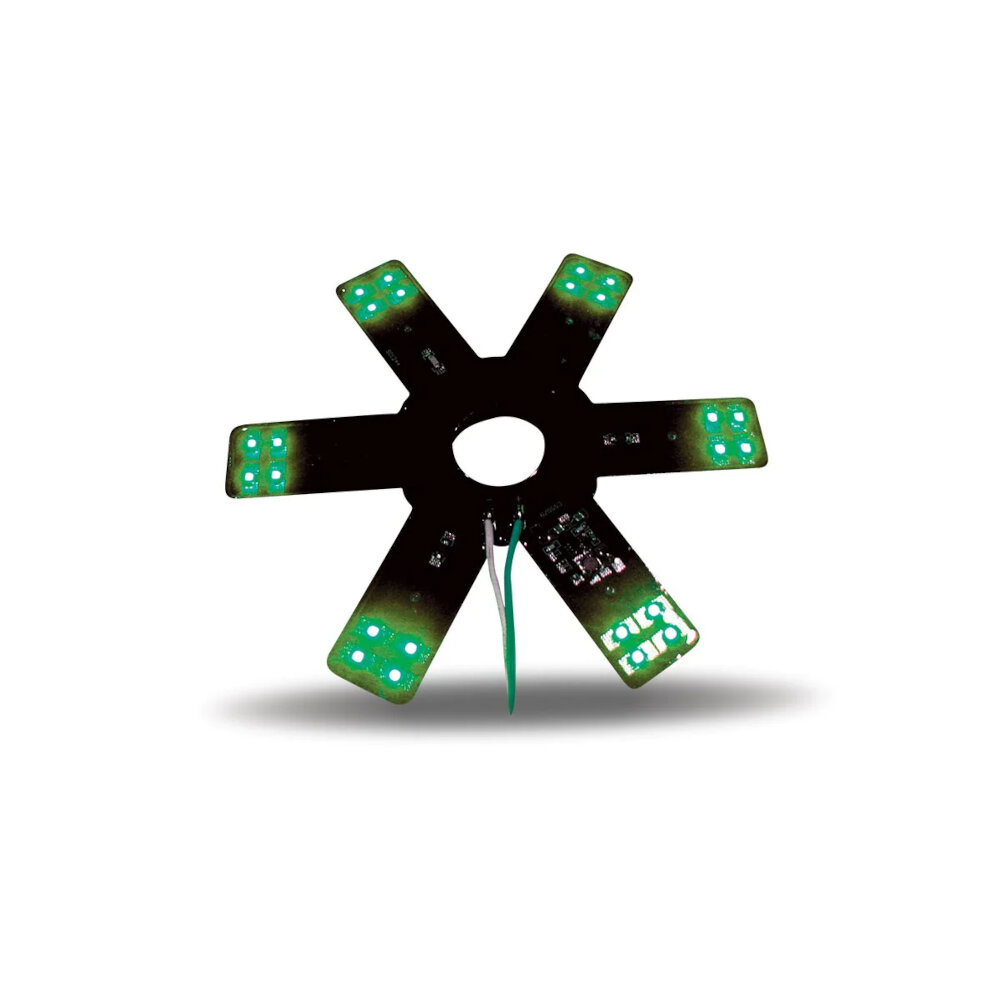
LED light strips have become a popular lighting solution for many households and businesses due to their flexibility, energy efficiency, and ease of use. However, like any electronic device, they can experience issues that may require troubleshooting. Some of the most common issues include poor connectivity, uneven lighting, and flickering. One of the most common problems with LED light strips is poor connectivity. This can be caused by a loose connection between the power supply and the strip, or a damaged power supply. To fix this issue, users should first check that all connections are secure and properly seated. If the connections appear to be fine, users may need to replace the power supply. Additionally, users should consider using a surge protector or voltage regulator to prevent power surges that can damage the power supply and the LED light strip. Another issue that users may encounter with LED light strips is uneven lighting. This can occur when the strip is not installed properly or when the LED lights are not evenly spaced. To fix this issue, users should carefully measure and cut the LED light strip to the correct length, and ensure that it is properly installed. Additionally, users should check the spacing between the LED lights and adjust them as necessary to achieve even lighting. Finally, users may need to replace any damaged or defective LED lights to ensure consistent lighting throughout the strip.
LED light strips have become increasingly popular due to their energy efficiency and versatility. However, like any electronic device, they can encounter problems. One common issue is poor adhesive, causing the strip to fall off or not stick properly. Another issue is flickering or dimming lights, which can be caused by incorrect wiring, damaged LED chips, or power supply issues. Overheating is also a common problem, especially when the strip is installed in a confined space or used for an extended period. Additionally, some users may experience color inconsistencies or a lack of brightness, which can be caused by faulty LEDs or incorrect installation. By understanding these common issues and troubleshooting them effectively, users can ensure that their LED light strips perform optimally and enhance their living spaces.
Identifying issues with LED light strips can be a tricky task, but it is essential to understand the common problems that might arise before attempting to fix them. One of the most common issues with LED light strips is poor connectivity, which can result in flickering or dimming lights. Another issue is overheating, which can cause damage to the LED lights and create a potential fire hazard. Additionally, faulty power sources, damaged wires, or incorrect installation can also lead to issues with LED light strips. To identify these issues, it is crucial to inspect the entire setup carefully, including the wiring, power source, and individual LED lights. By identifying these problems, you can quickly fix them and restore the functionality of your LED light strips.
Troubleshooting the Issues
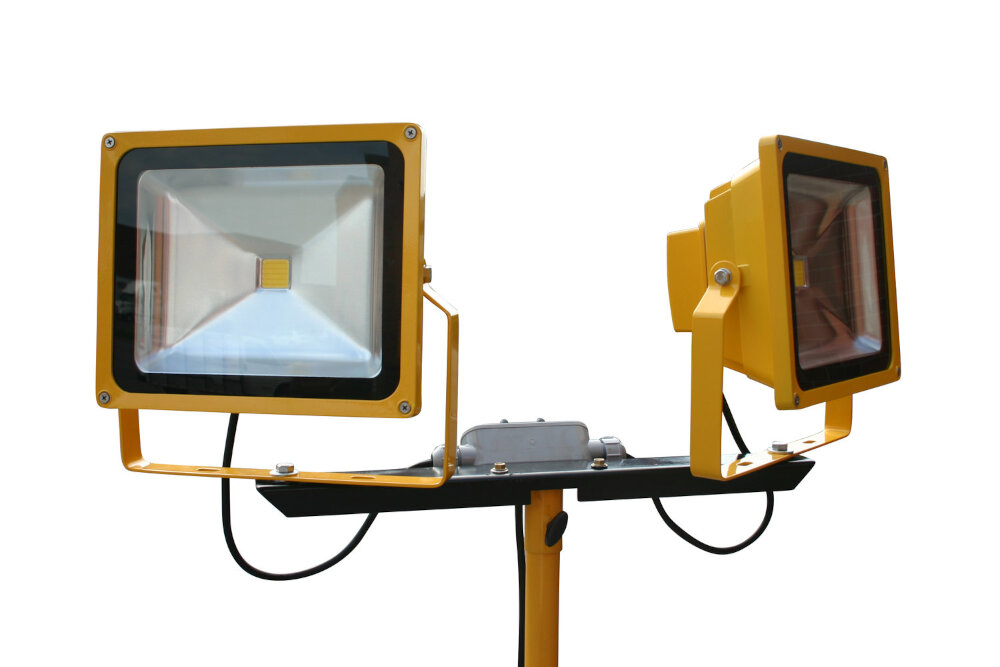
Troubleshooting the issues with LED light strips can be a frustrating experience, especially when you’re not sure where to start. However, with a little bit of know-how, you can quickly fix common issues and get your light strips up and running again. One of the most common issues with LED light strips is flickering, which can be caused by a variety of factors. One of the first things to check is whether the power supply is providing enough power to the light strip. If the power supply is providing insufficient power, the LED lights may flicker, dim, or not work at all. In this case, you may need to upgrade to a higher-powered power supply or use multiple power supplies. Another potential cause of flickering is a loose or faulty connection between the light strip and the power supply. Check all connections and make sure they are securely connected. If the connections are loose, tighten them up or replace any damaged components. Additionally, check for any damaged or broken wires, as this can also cause flickering. Another common issue with LED light strips is uneven lighting. This can be caused by a few different factors, including faulty LED bulbs, uneven spacing between the bulbs, or a lack of proper diffusion. If the issue is with the bulbs themselves, you may need to replace them with new ones. If the spacing between the bulbs is uneven, you may need to adjust the position of the light strip to ensure even spacing. Finally, if the light strip is not properly diffused, it can create hot spots and uneven lighting. To fix this issue, you may need to add a diffuser or adjust the positioning of the light strip to spread the light more evenly. By troubleshooting these common issues, you can quickly and easily get your LED light strips working properly again.
When it comes to LED light strips, there are a few common issues that can arise. However, with a step-by-step guide, troubleshooting these problems can be a breeze. The first step is to check the power source and make sure it is providing enough voltage to the strip. Next, ensure that the connections between the strip and the power source are secure and free of any damage. If the strip is not lighting up at all, it may be a defective LED or a faulty controller. In this case, replacing the faulty component may be necessary. Additionally, if the strip is flickering or unevenly lit, it could be due to a voltage drop or a damaged LED. Adjusting the voltage or replacing the damaged LED can often solve these issues. By following these simple steps, troubleshooting common LED light strip problems can be a quick and painless process.
When troubleshooting LED light strip issues, there are several tips and tricks you can use to quickly fix common problems. First, ensure that the power source is working correctly and that the wiring is properly connected. If the lights are not turning on, check for loose or damaged connections. You can also try resetting the controller or replacing the batteries. If the lights are flickering or dimming, this may be due to a faulty transformer or incorrect voltage. Check that the transformer is the correct type for your lights and replace it if necessary. Additionally, make sure that the LED light strip is not overheating by providing proper ventilation and not exceeding the recommended wattage. By following these tips and tricks, you can quickly fix LED light strip issues and enjoy the benefits of a well-lit space.
Additional Tips for Maintaining LED Light Strips
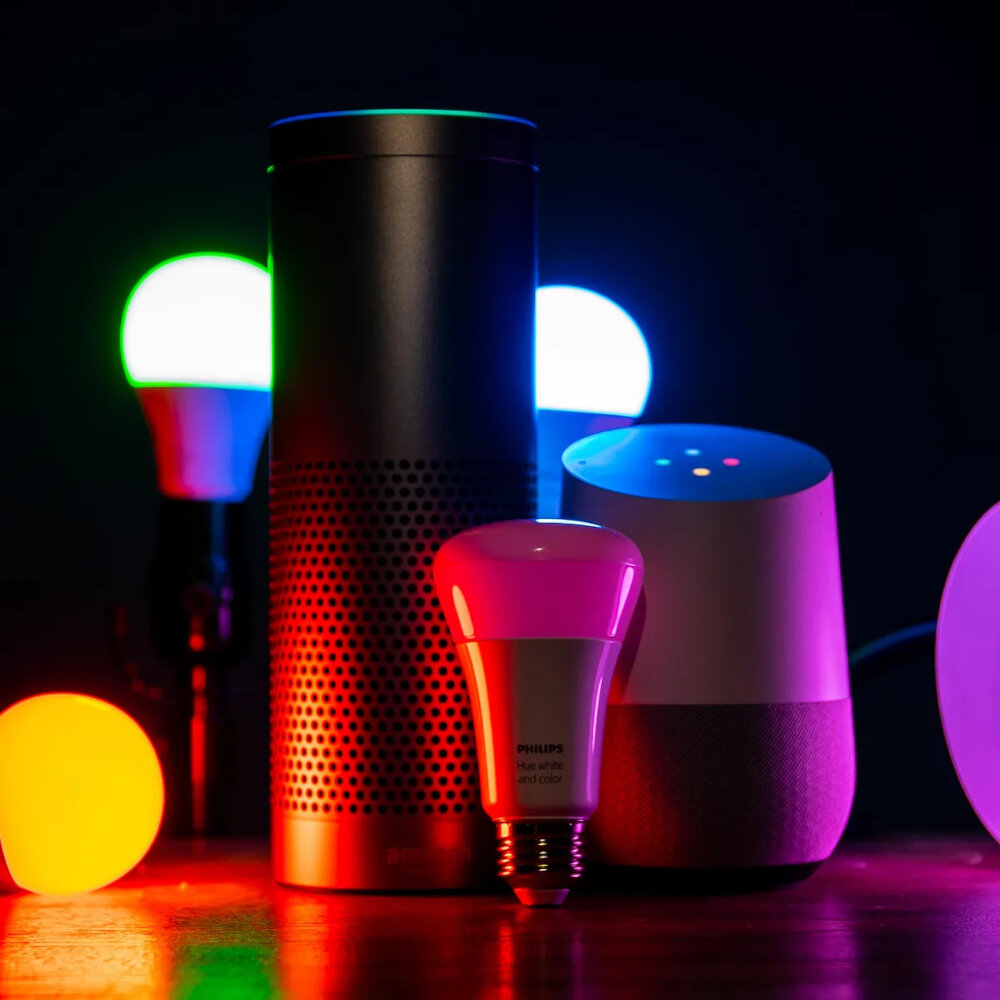
Maintaining LED light strips is an essential aspect of ensuring that they operate at their optimal level. One of the most important tips is to ensure that the strip is installed correctly. This means that it is placed in a dry, cool, and well-ventilated area to prevent overheating. Additionally, the strip should not be bent or twisted excessively, as this can damage the circuitry and cause the lights to malfunction. If the strip is installed outdoors, it is recommended that it is protected from the elements with a waterproof cover. Another tip for maintaining LED light strips is to clean them regularly. This is especially important if the strips are installed in areas prone to dust or dirt accumulation, such as garages or workshops. Cleaning the strips can be done using a soft cloth or a gentle cleaning solution. It is important to avoid using harsh cleaning chemicals, as they can damage the strip’s protective coating and cause discoloration. By following these tips, LED light strips can last for many years, providing an energy-efficient and cost-effective lighting solution for any application.
To avoid facing any issues with your LED light strips, it is important to take some preventative measures. Firstly, make sure to purchase high-quality LED light strips from reputable manufacturers. This will minimize the risk of any defects or malfunctions. Secondly, always follow the installation instructions carefully, ensuring that you do not overload the circuit or bend the strips at an acute angle. Additionally, use proper connectors and ensure that the voltage matches the specifications of the LED light strips. Finally, be mindful of the environment in which you are using the LED light strips, keeping them away from moisture and extreme temperatures. By following these suggestions, you can prevent issues from occurring in the first place and enjoy a hassle-free experience with your LED light strips.
Maintaining LED light strips is crucial to ensure their longevity and optimal performance. One of the best practices is to clean the surface where the strips are affixed regularly. This helps to prevent dust buildup and preserve the adhesive strength. Additionally, avoid overloading the strips with power as it may cause overheating and damage to the LEDs. Use the appropriate power supply and check the voltage requirements of the LED strips before installation. It is also important to handle the strips with care during installation and avoid bending or twisting them excessively. By following these best practices, you can ensure that your LED light strips operate smoothly and last longer.
It is crucial to know how to troubleshoot common issues with LED light strips as they are becoming increasingly popular in modern lighting design. LED light strips are energy-efficient, versatile, and can enhance the ambiance of any space. However, issues such as flickering, dimming, and color inconsistencies can arise, and knowing how to address them can save time and money. Troubleshooting LED light strips requires a basic understanding of electrical systems, color theory, and the ability to identify faulty components. With the right knowledge and tools, troubleshooting LED light strips can be a simple and rewarding process, ensuring that your lighting design is always shining bright.
In conclusion, LED light strips are a fantastic way to add ambiance and style to any space, but they can also be frustrating if you encounter technical difficulties. However, by following the troubleshooting tips outlined in this article, you can quickly fix common issues and get your LED light strip back up and running. Remember to check carefully for loose connections, power supply problems, and errors in installation. Additionally, take the time to read the manufacturer’s instructions carefully and follow them to the letter to avoid any mistakes. With these tips and a little patience, you can enjoy the benefits of your LED light strip for years to come.
Conclusion
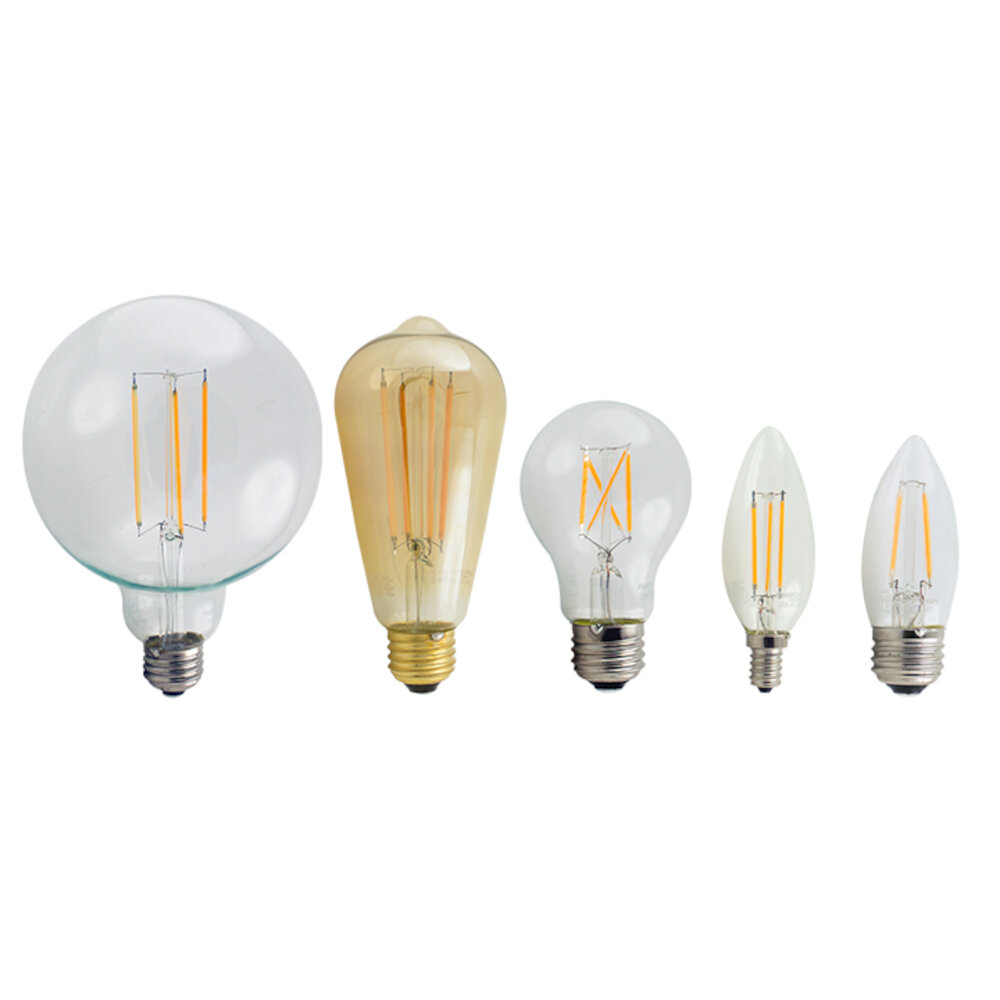
In conclusion, troubleshooting LED light strips can seem daunting at first, but with a little patience and knowledge, common issues can be easily fixed. Whether it’s addressing power supply problems or checking for loose connections, taking the time to diagnose and correct issues will help ensure that your LED light strips provide reliable and long-lasting illumination. By following the tips and techniques outlined in this article, you’ll be able to quickly and confidently troubleshoot LED light strip issues, and enjoy the many benefits of this versatile and energy-efficient lighting solution.

